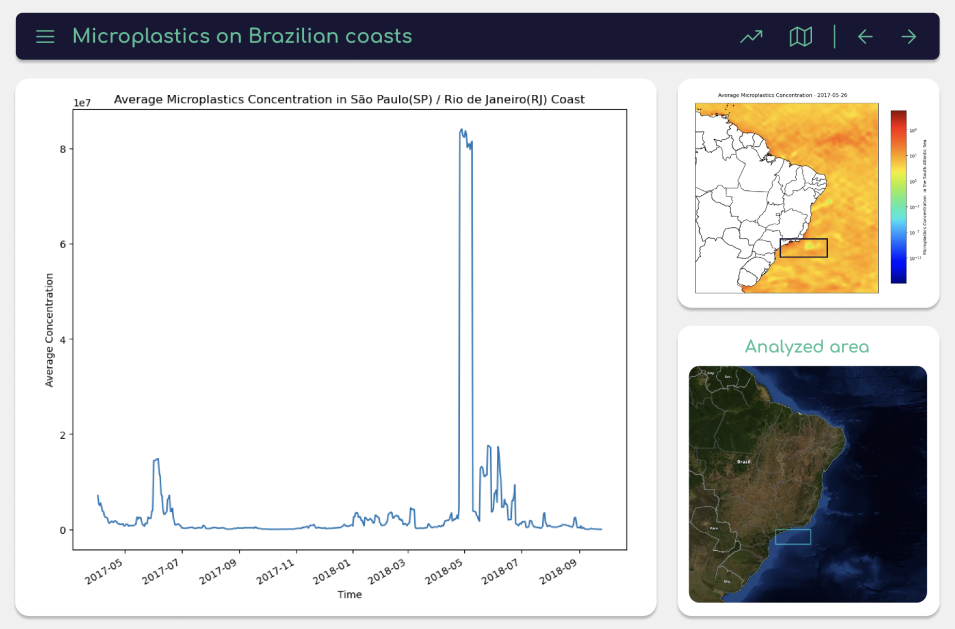Openly available Earth observation data took center stage in a unique competition that brought together 1,591 international participants—71% of whom had never worked with Earth observation data—to create data visualizations around the themes of zero hunger, clean water, and climate action.
Top awards in the Pale Blue Dot: Visualization Challenge went to five teams consisting of members from the U.S., Mexico, Brazil, Kenya, Senegal, and Argentina. Along with the top awards, the Community Code Bonus Prize was awarded to a participant from Botswana; 33 global teams received Honorable Mentions for Compelling Visuals.
The objective of the challenge was to use open data to create visualizations advancing the United Nations (UN) Sustainable Development Goals (SDGs) of zero hunger, clean water, and climate action. NASA goals for the competition were to increase engagement with openly available Earth observation data and promote open science. Submitted visualizations were required to use at least one publicly available Earth observation dataset collected by a U.S. government agency, and all data used had to be freely and openly accessible.
"Data challenges like the Pale Blue Dot are a fantastic opportunity to use NASA's open data to help address some of the greatest challenges facing humanity, like those posed by the Sustainable Development Goals," says NASA Senior Program Executive for Scientific Data and Computing Dr. Steve Crawford. "These challenges provide an opportunity for diverse, creative, and innovative teams to develop solutions using NASA open data to address these challenges."
